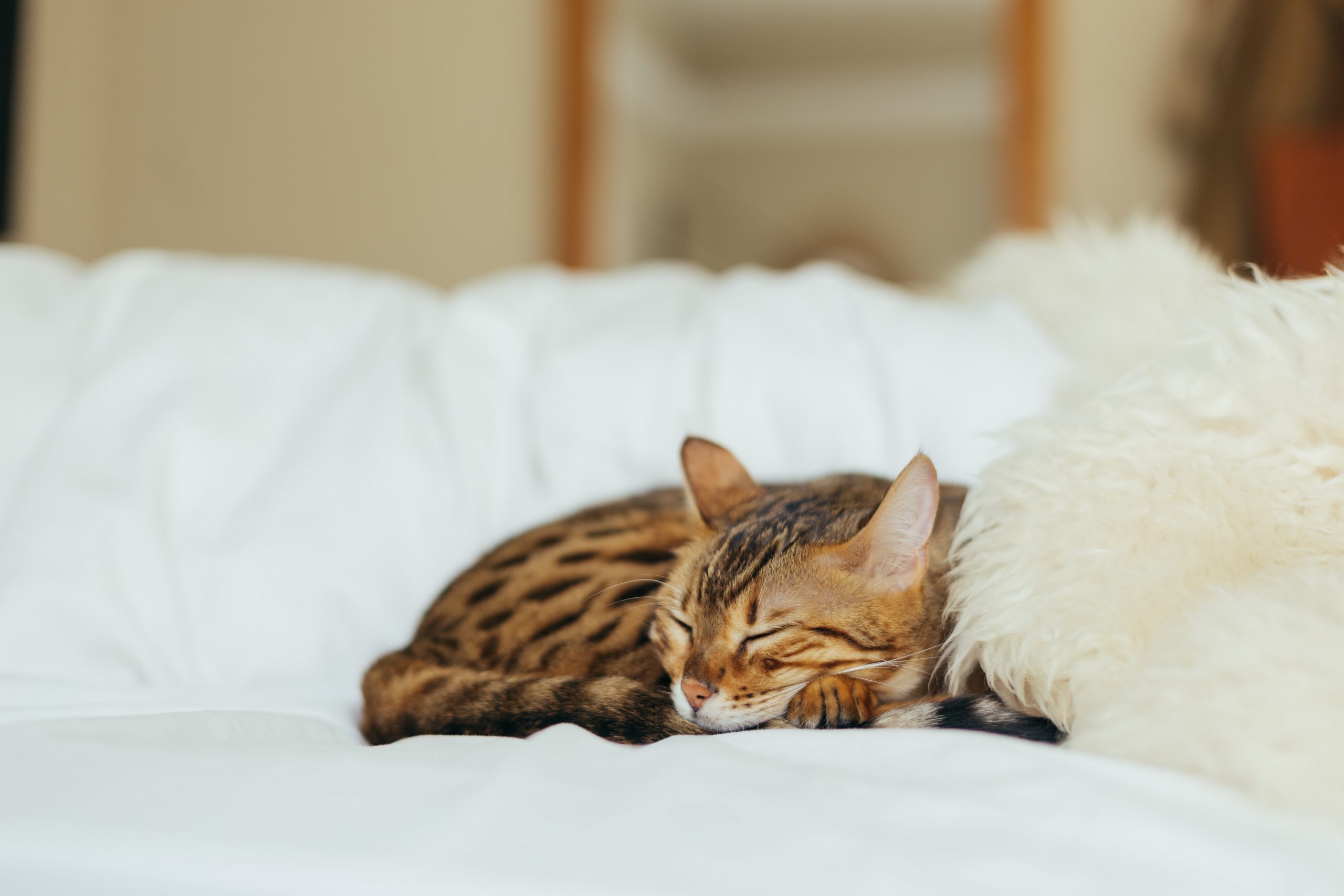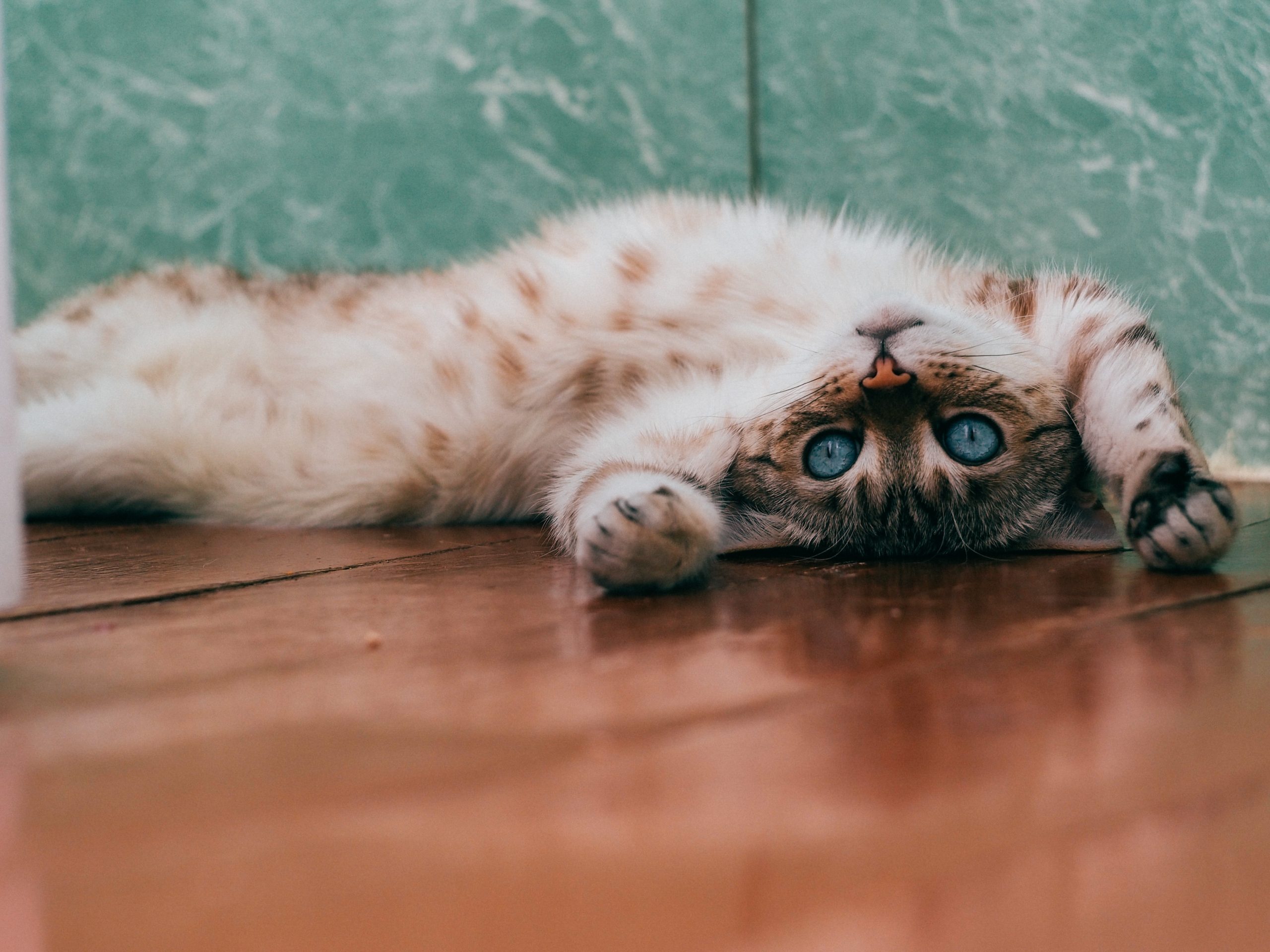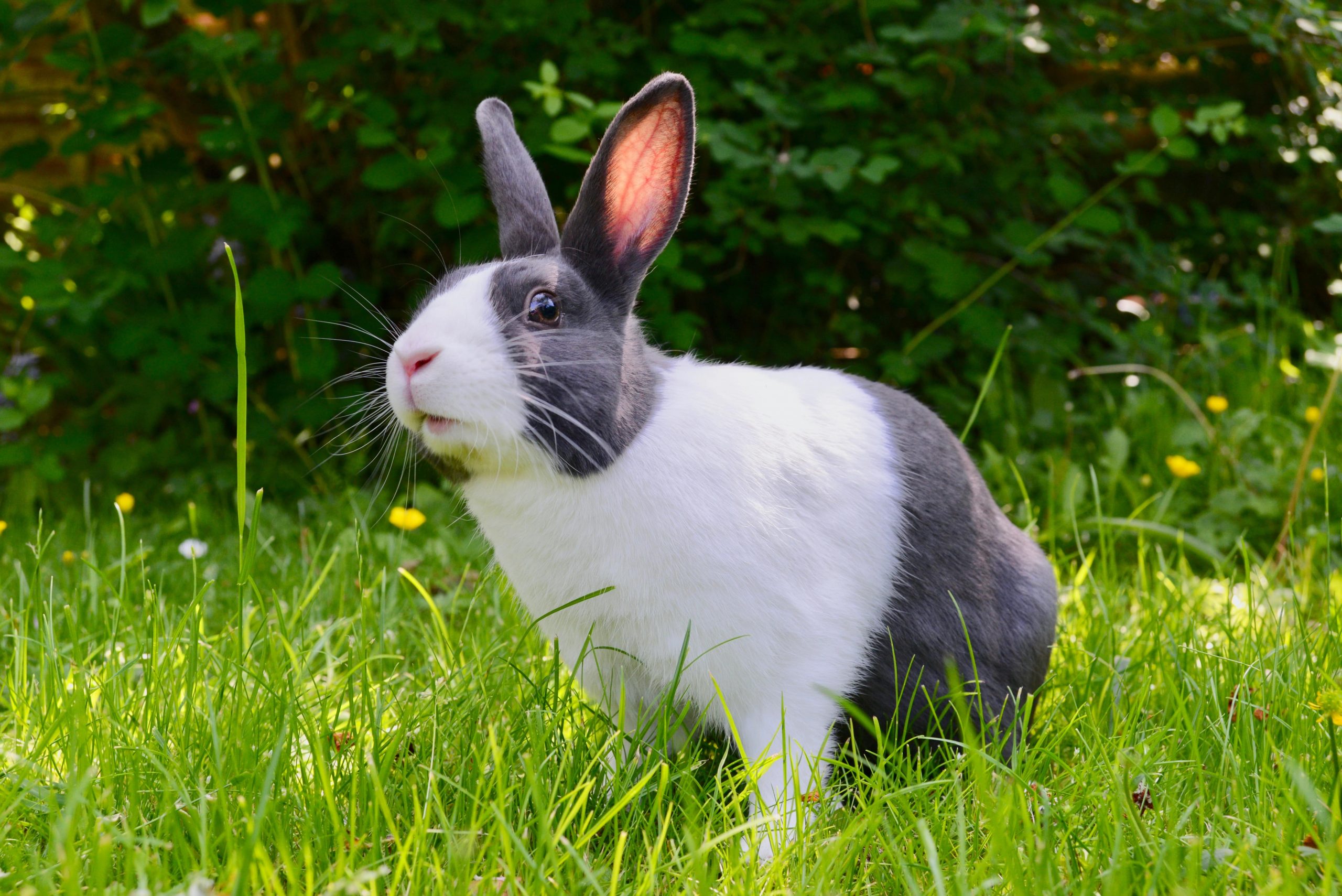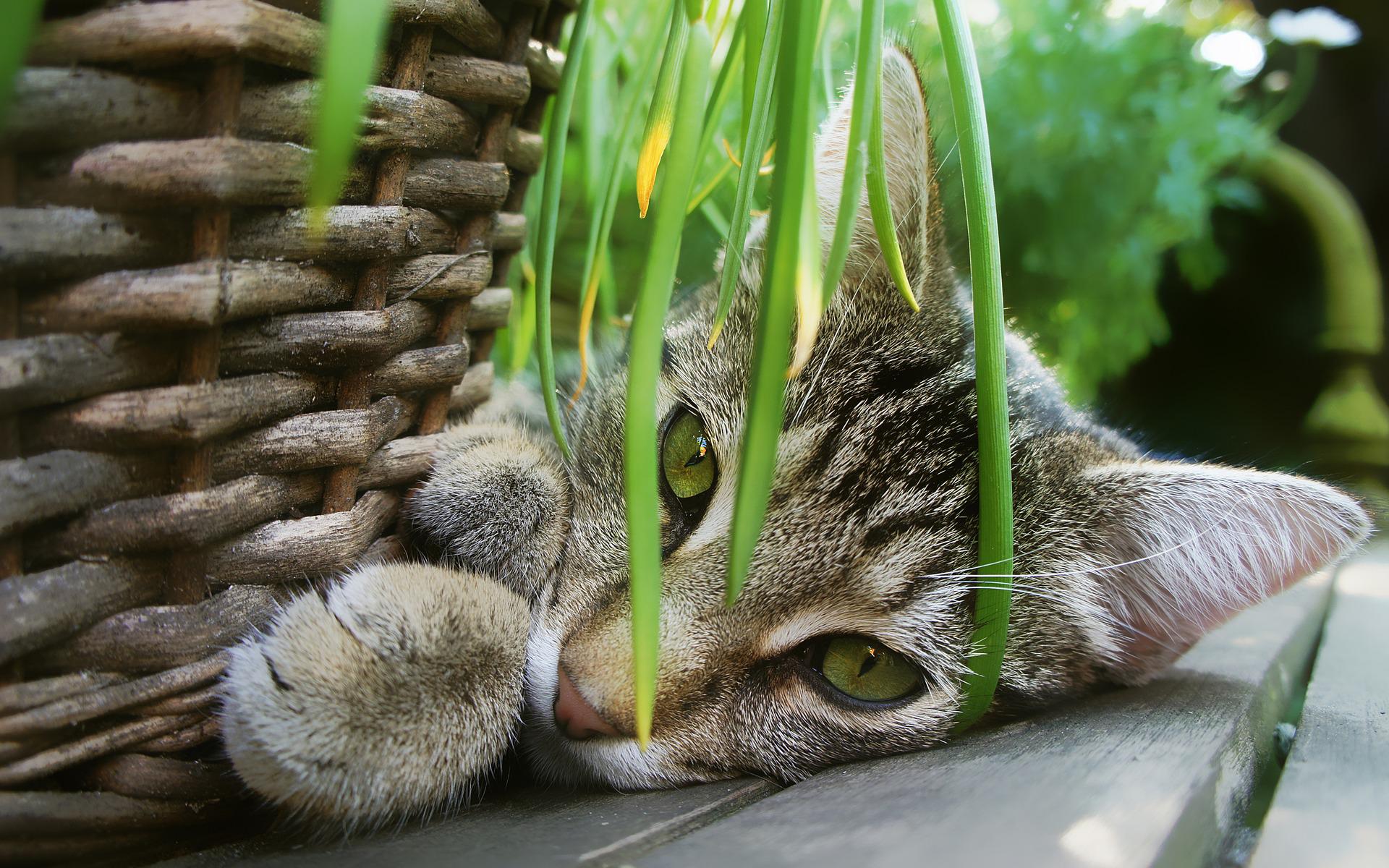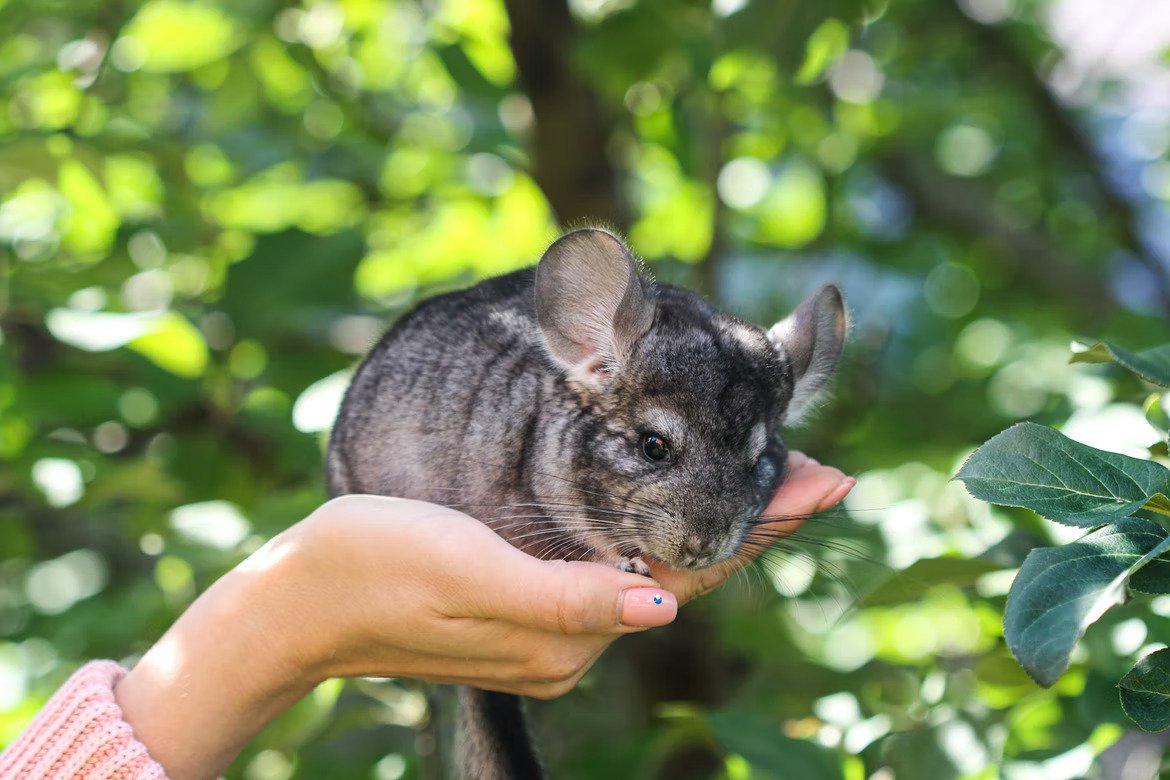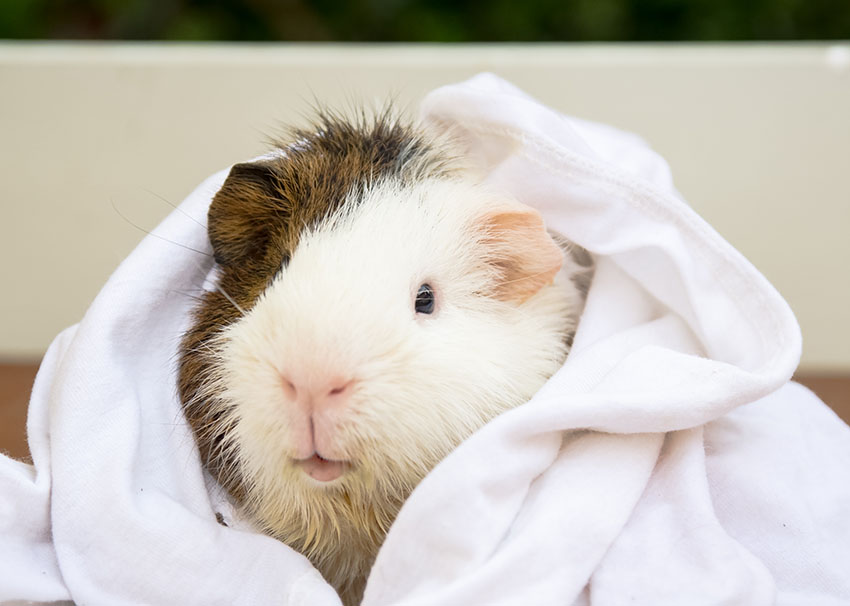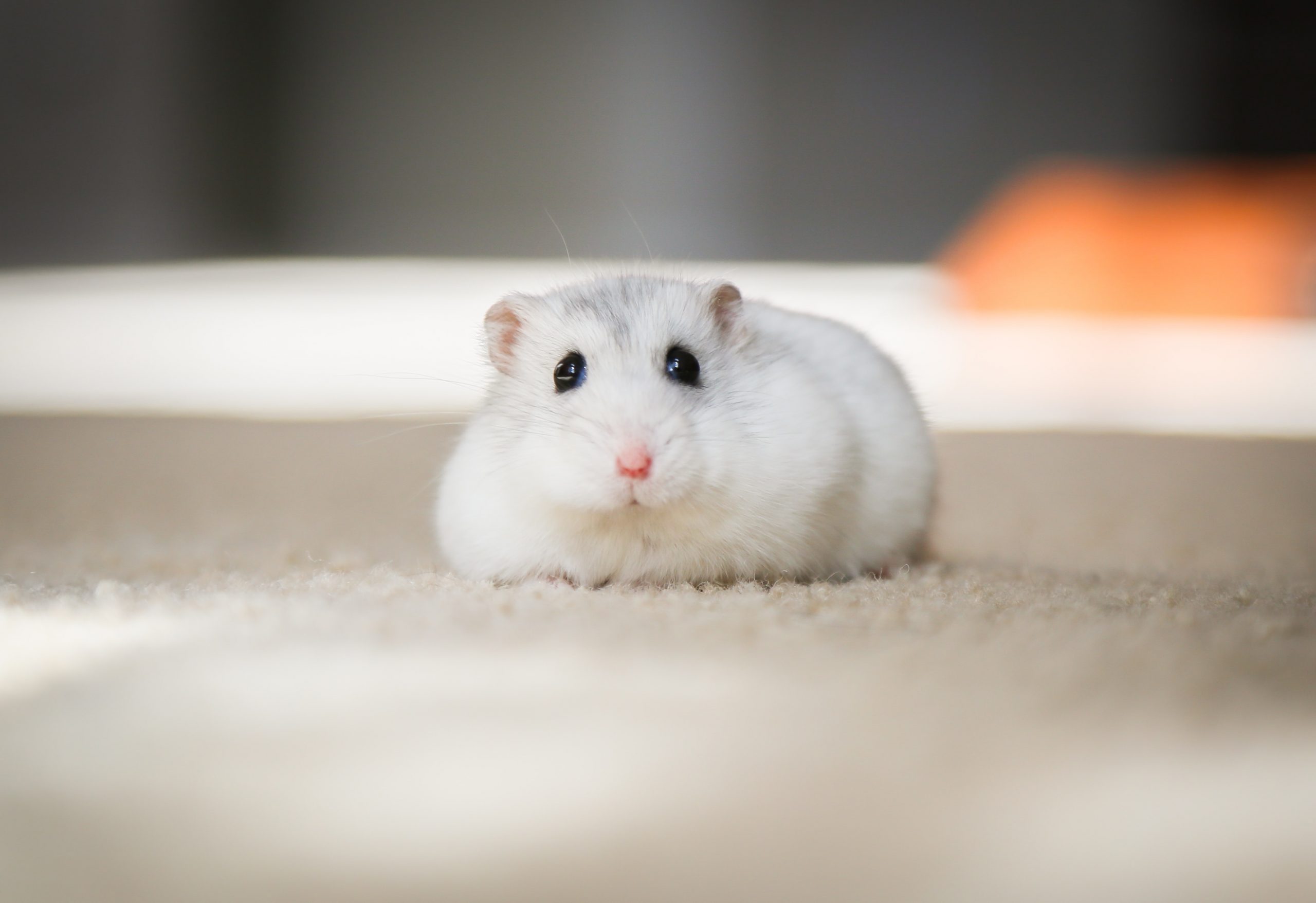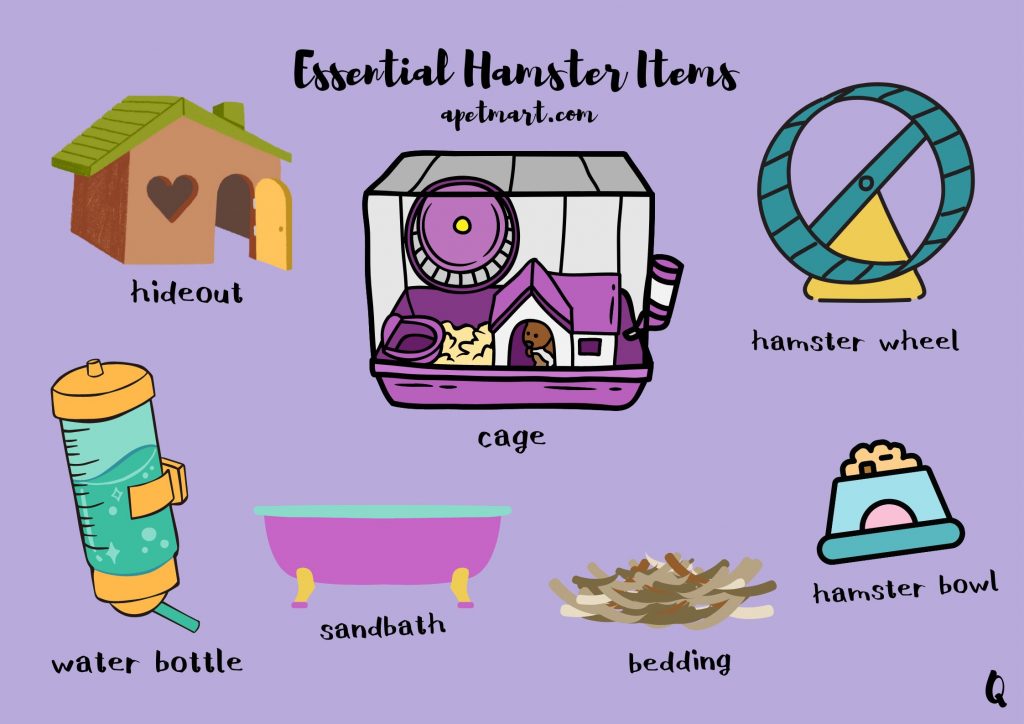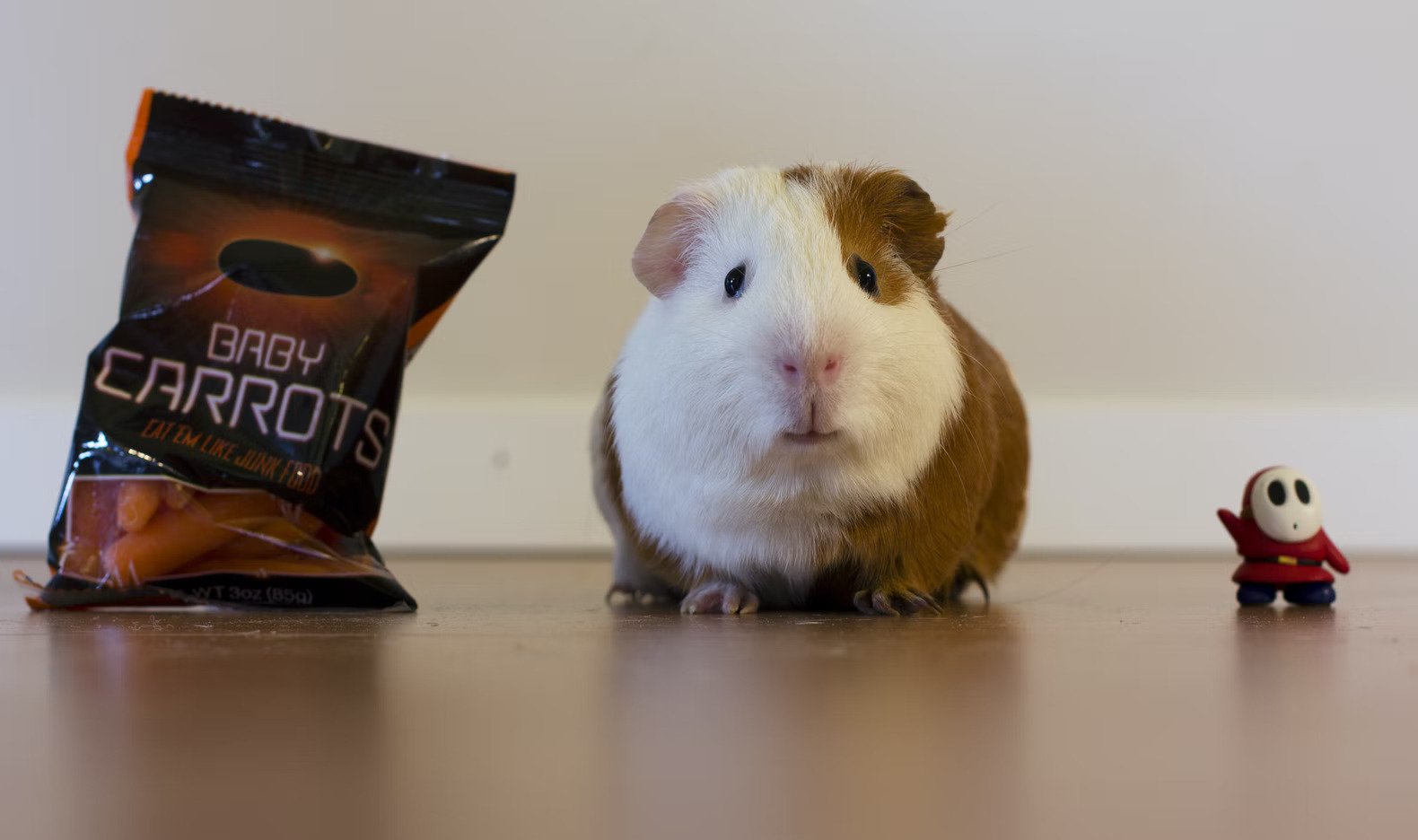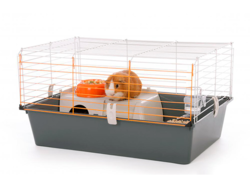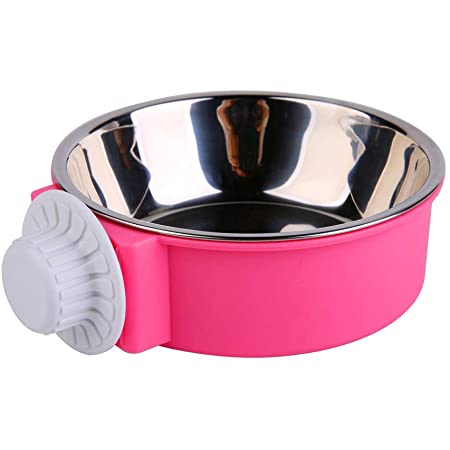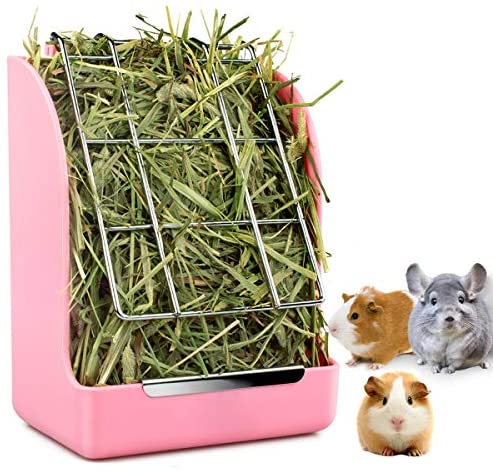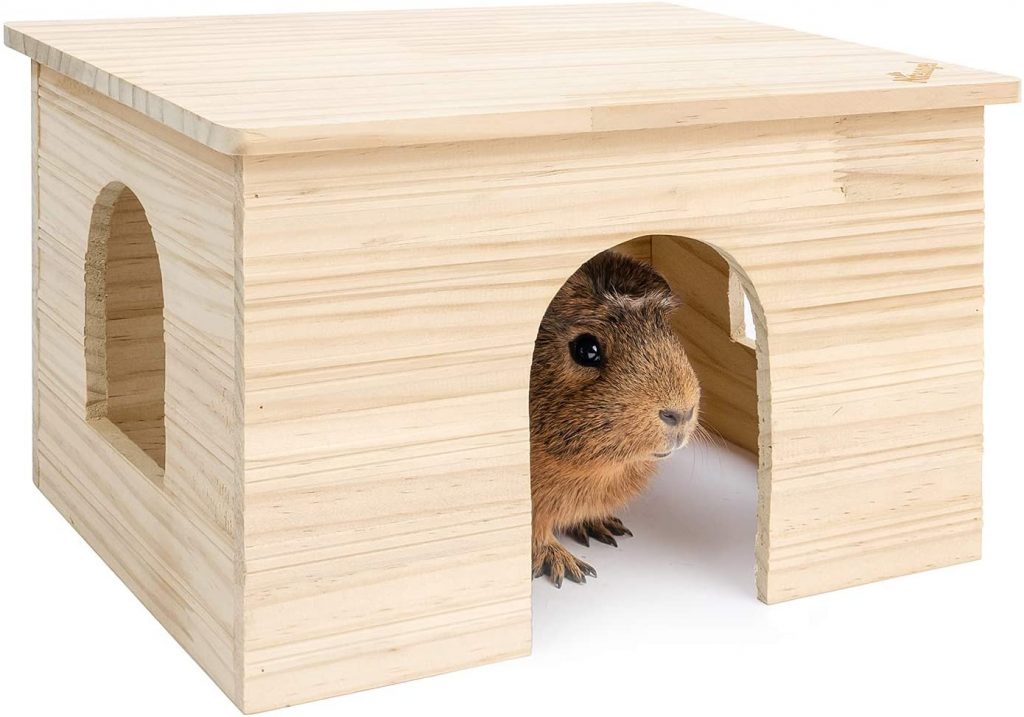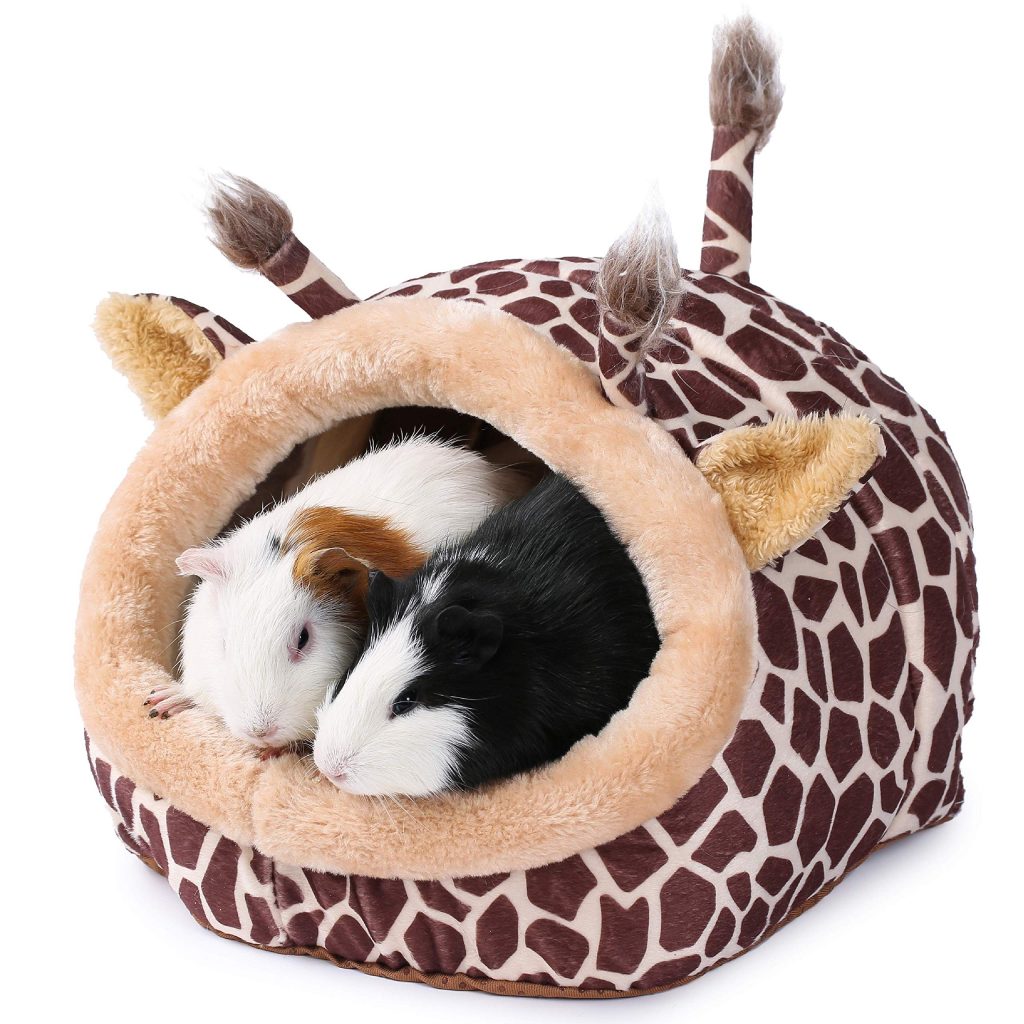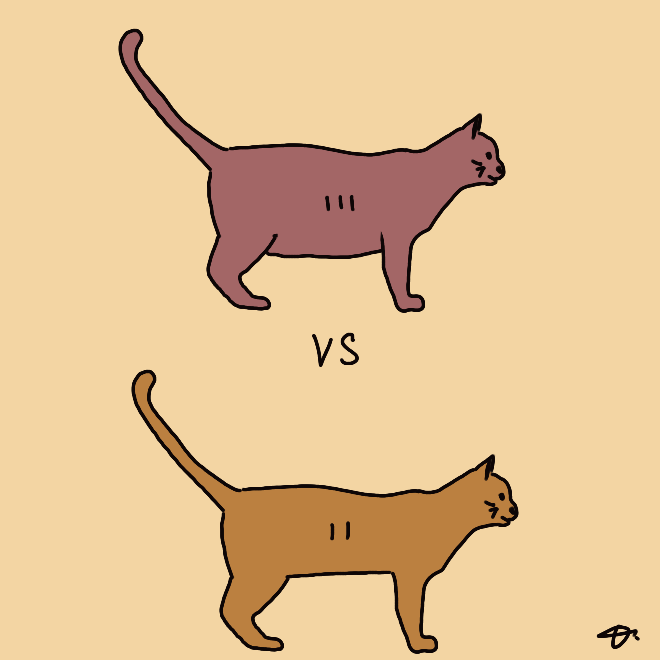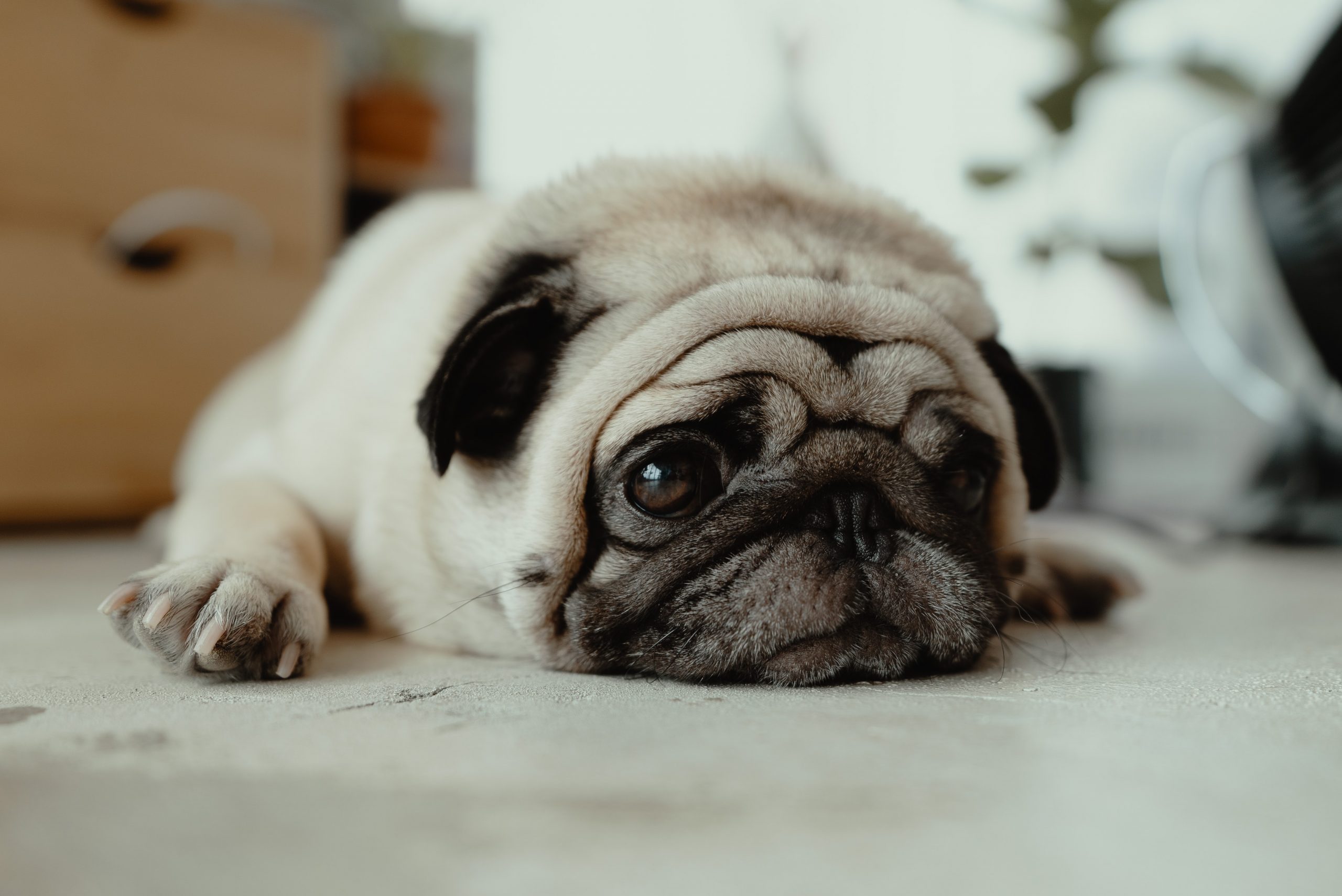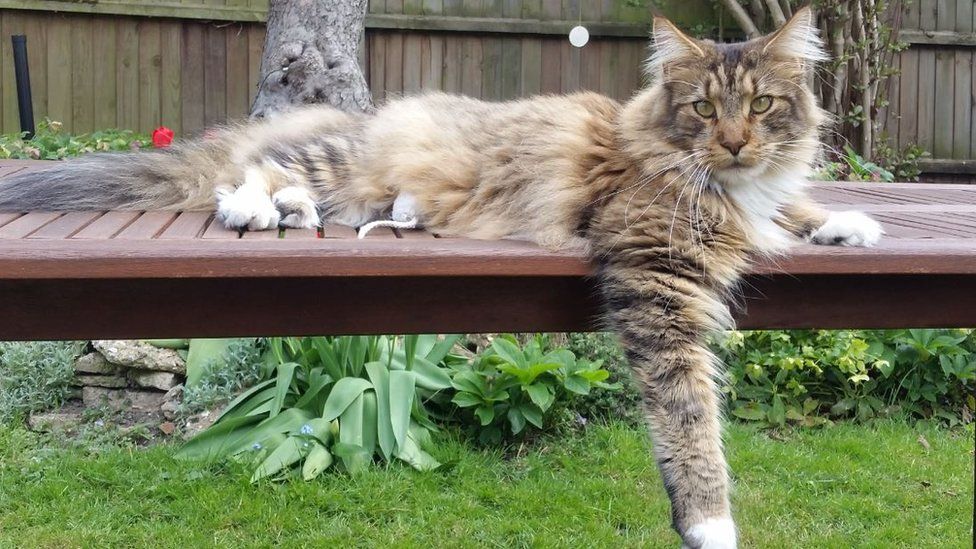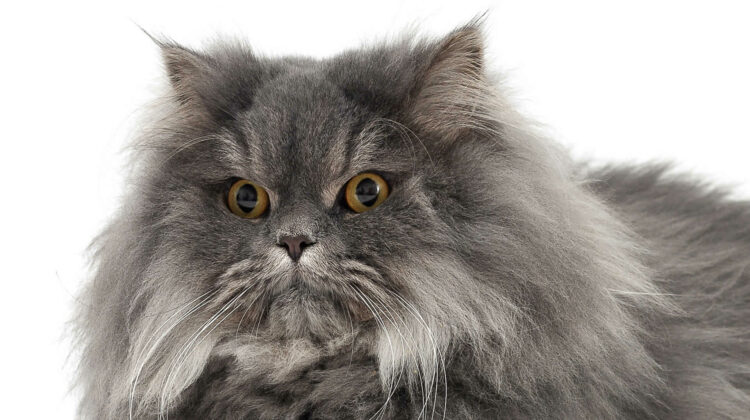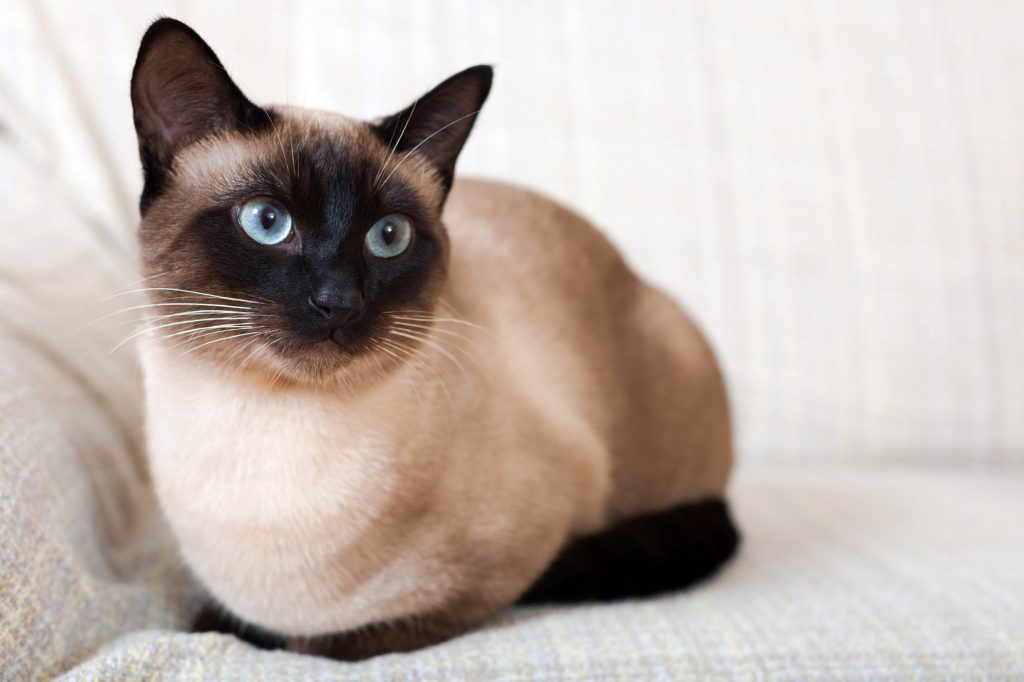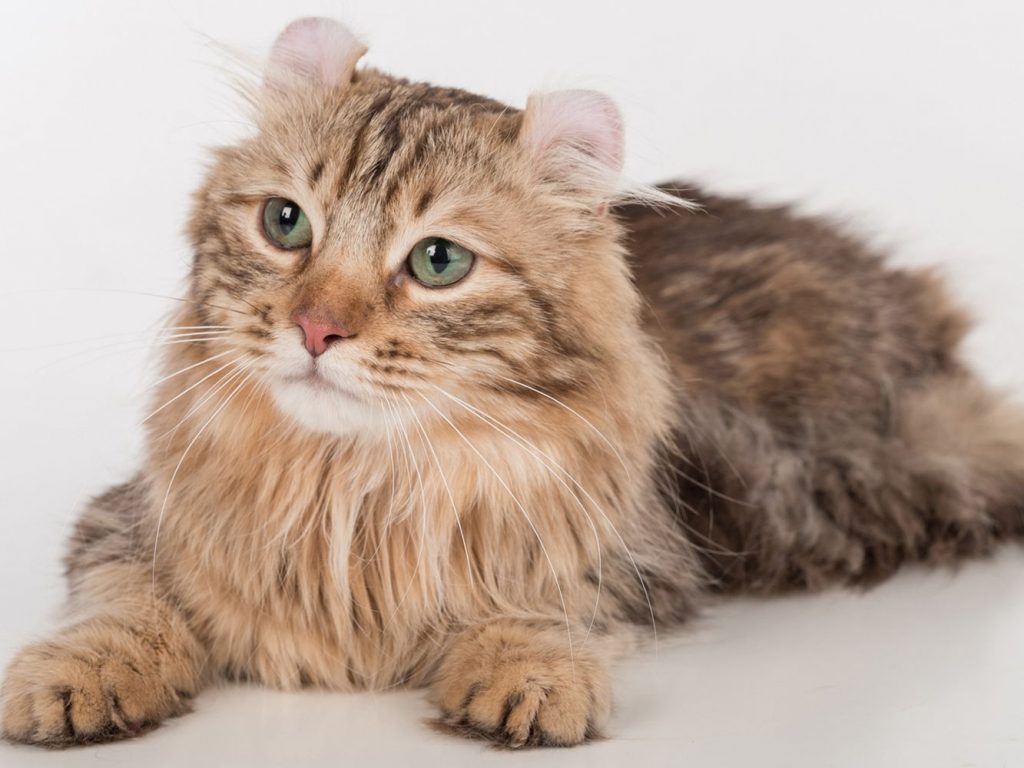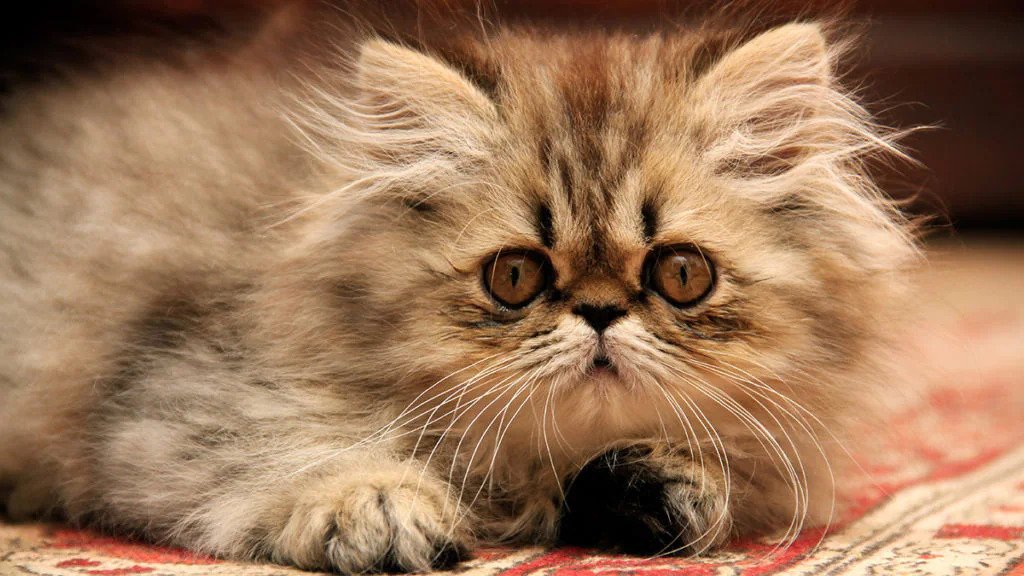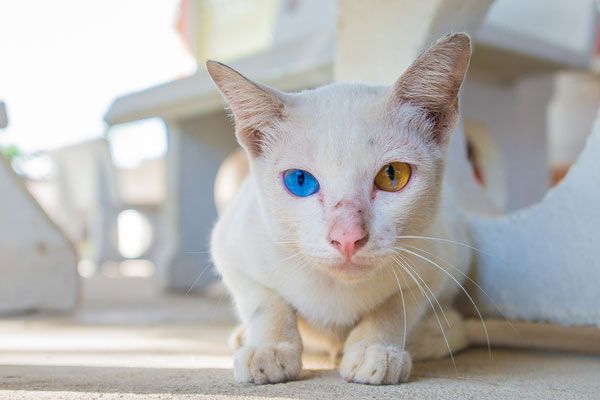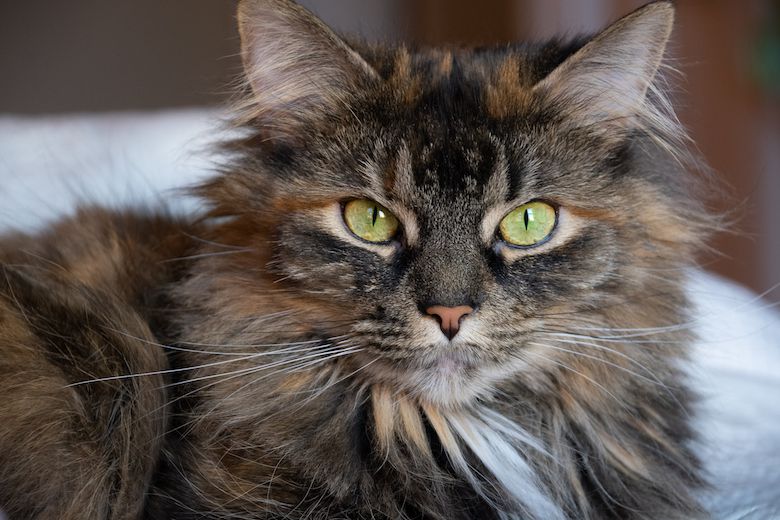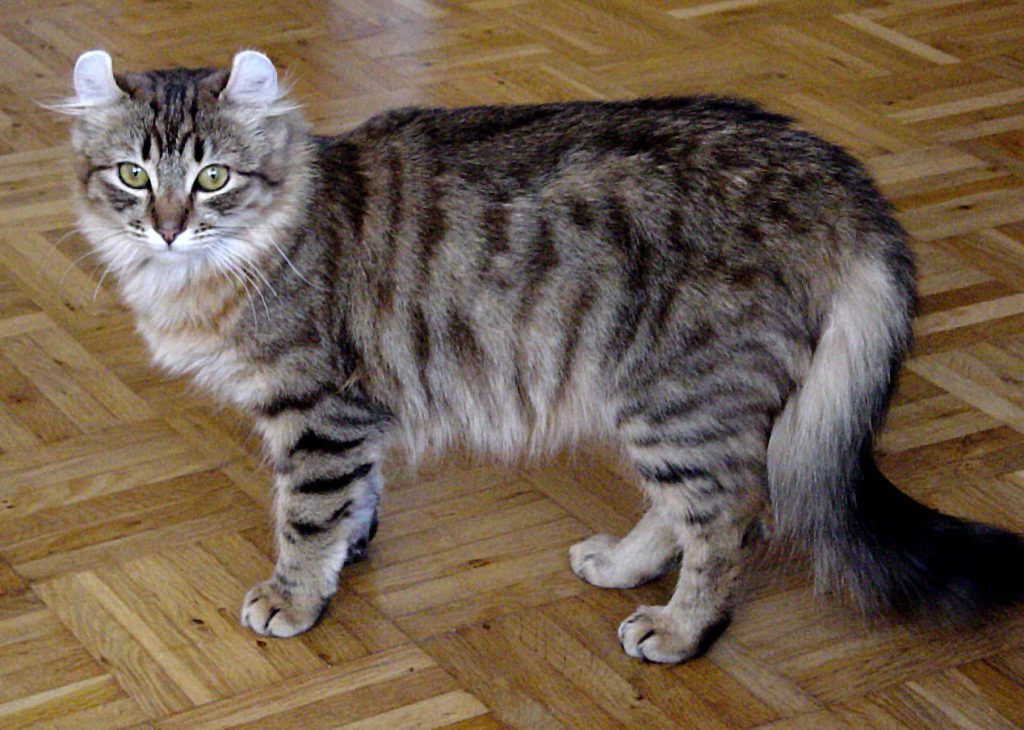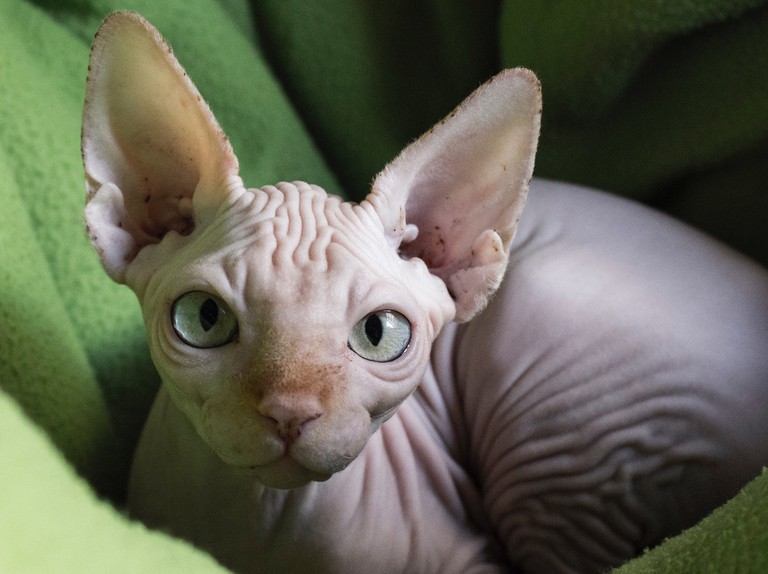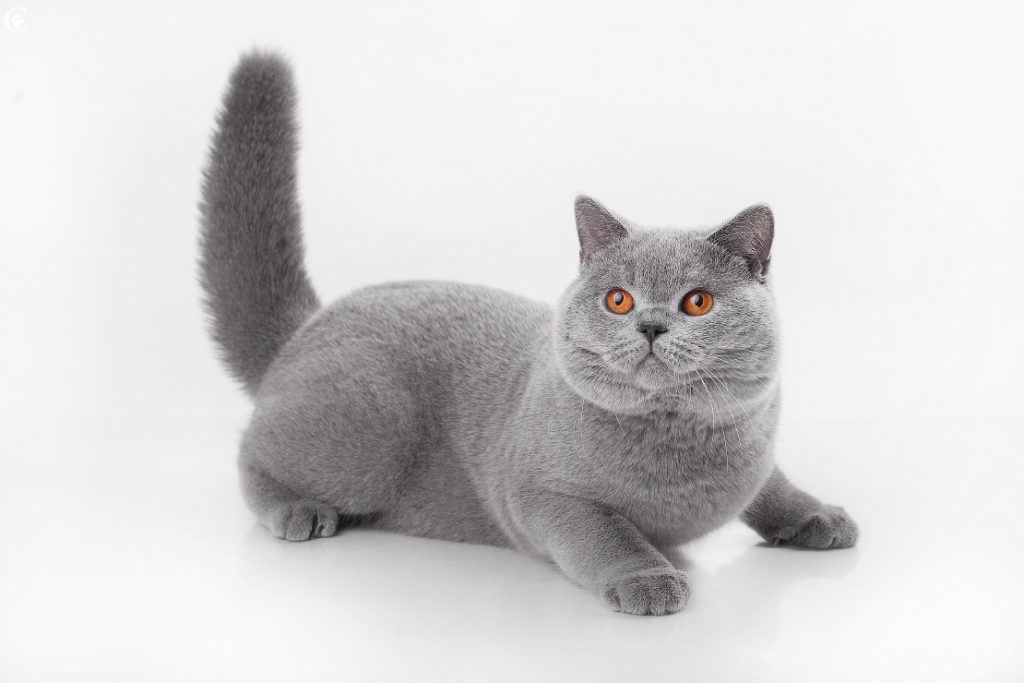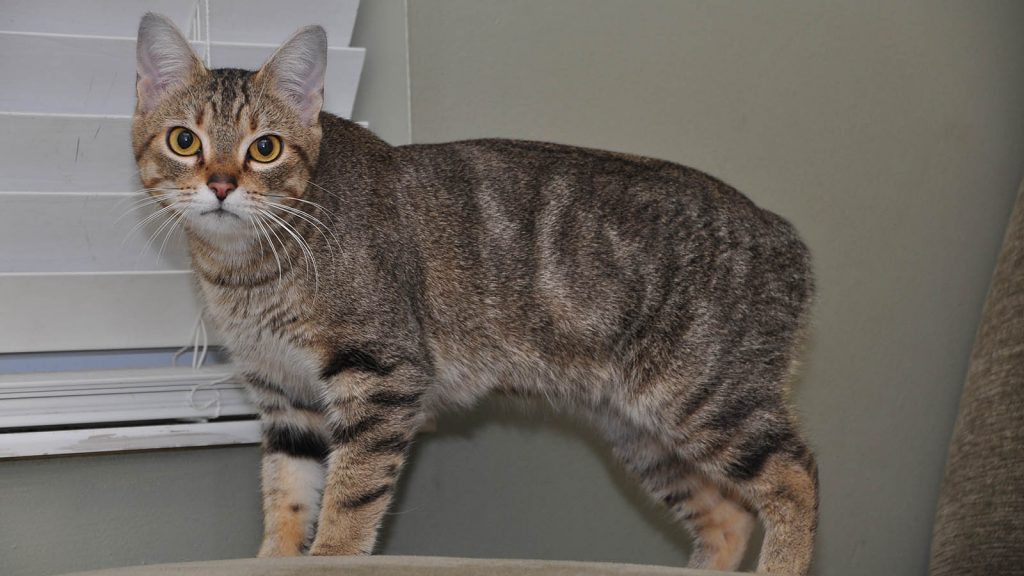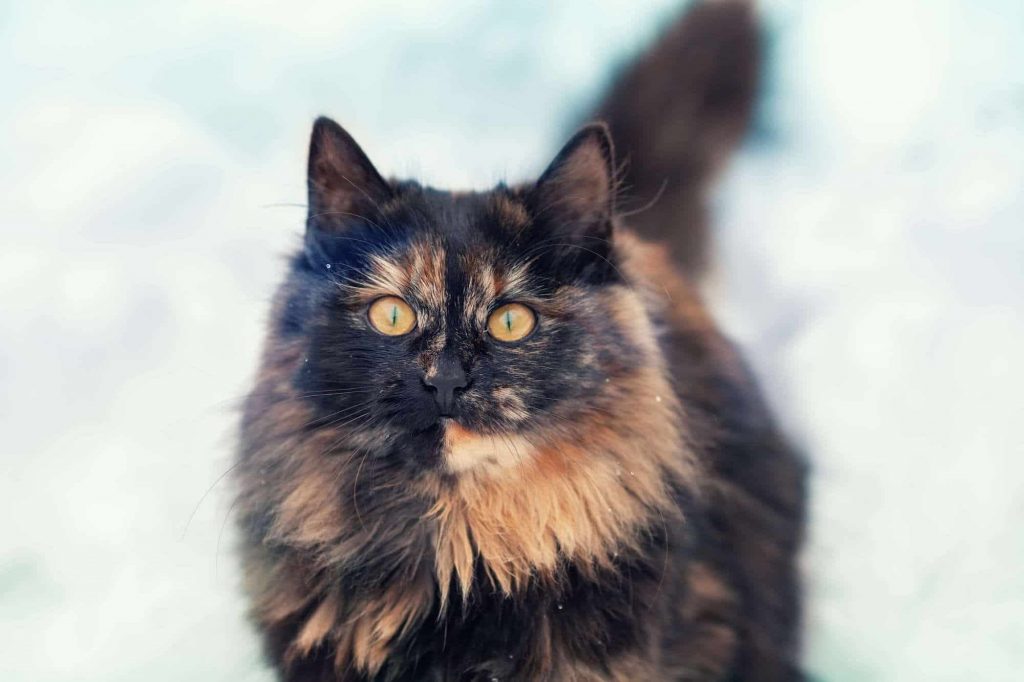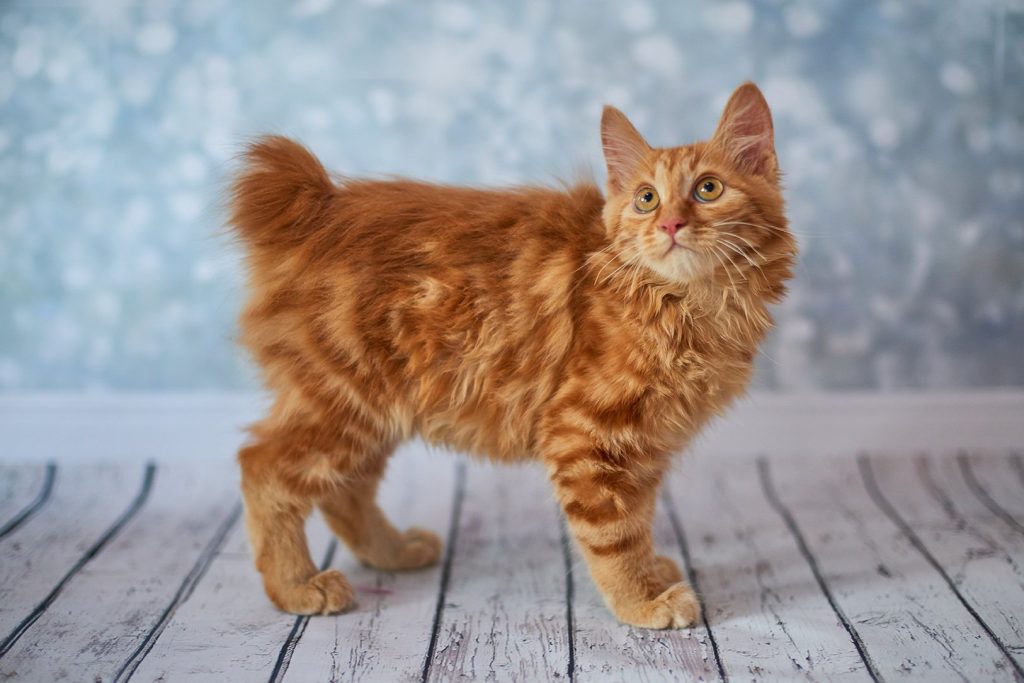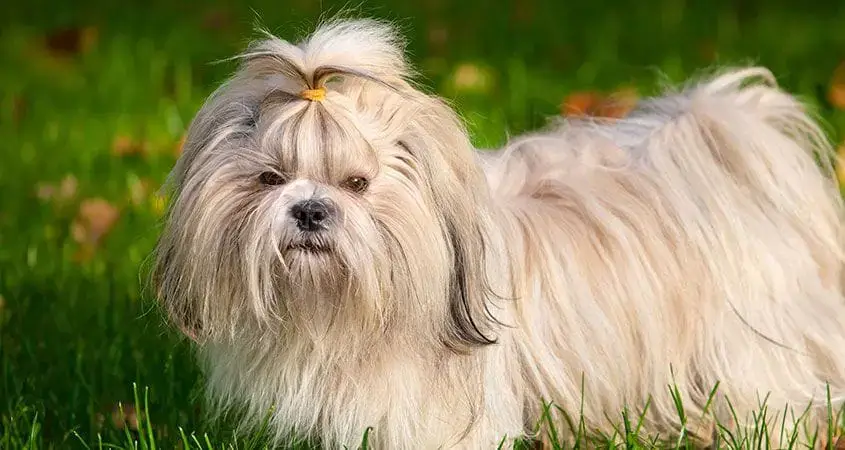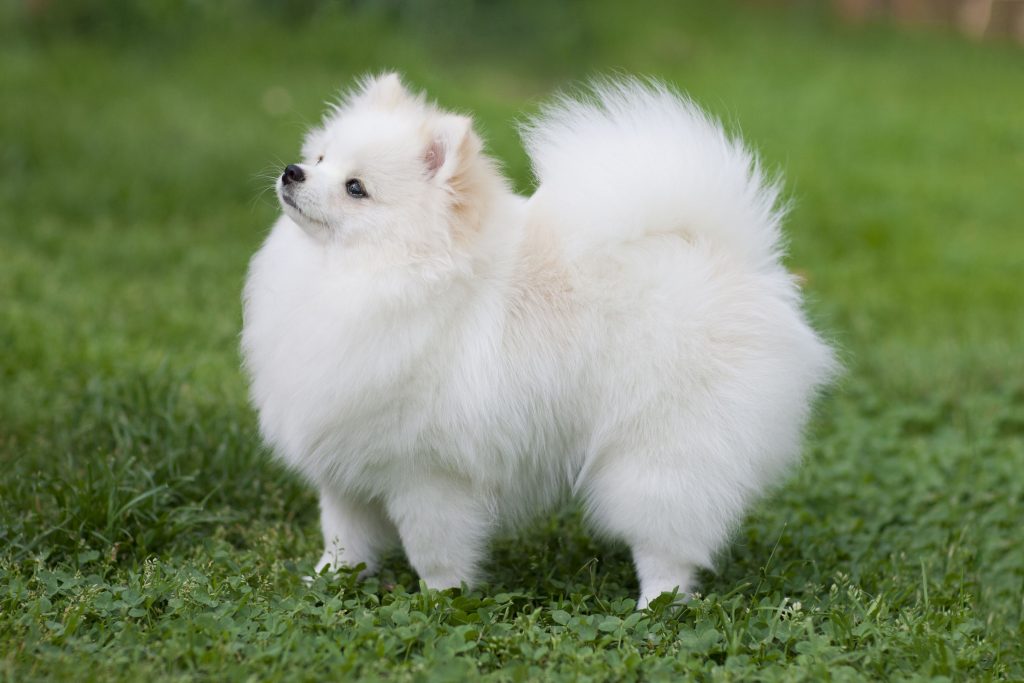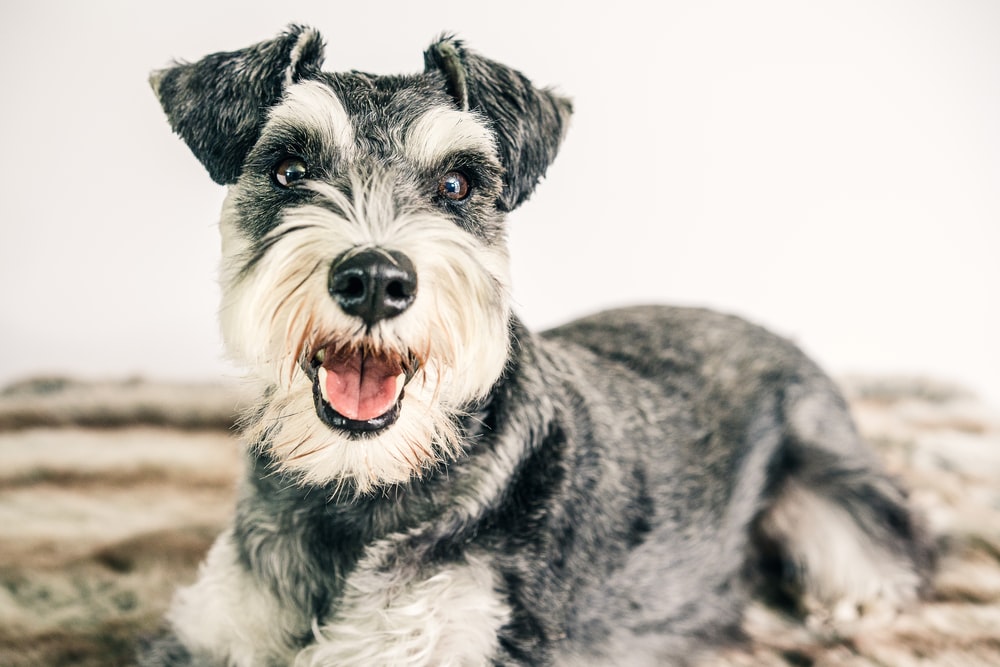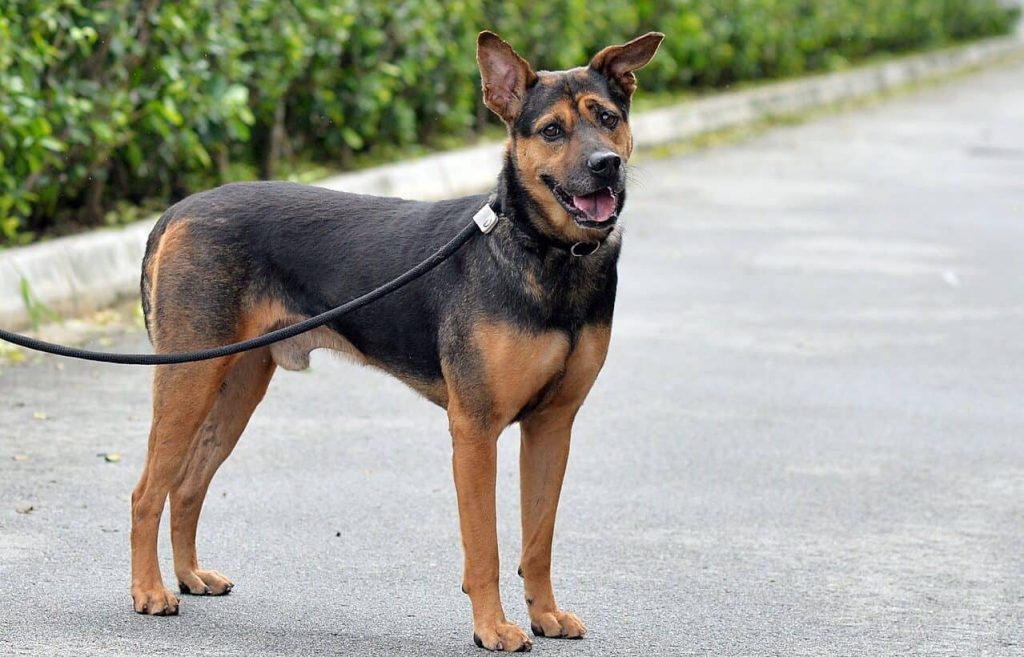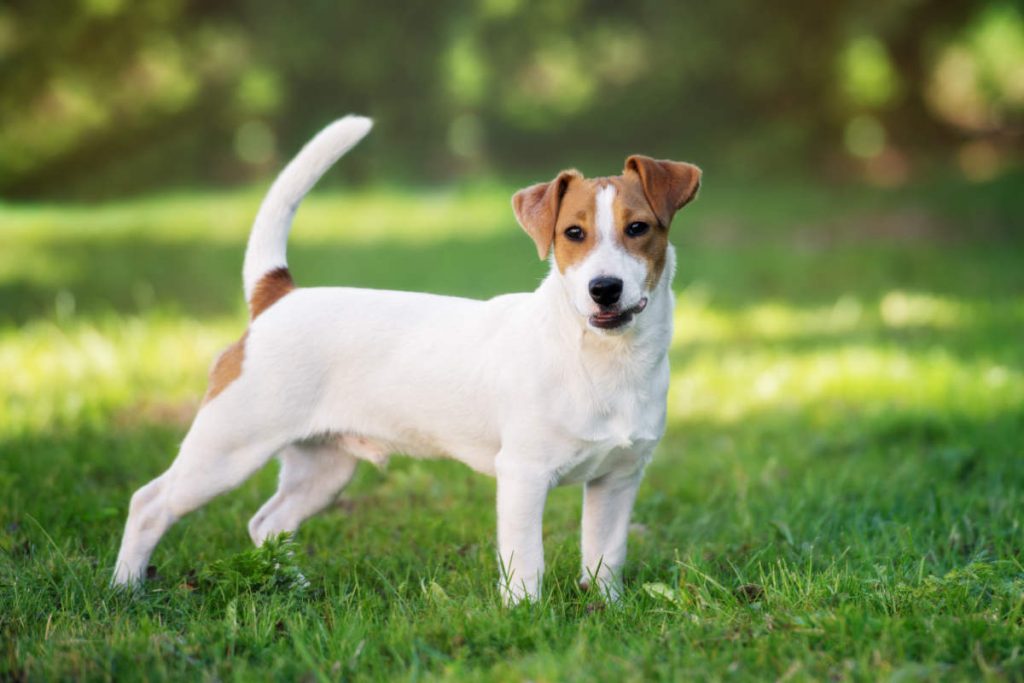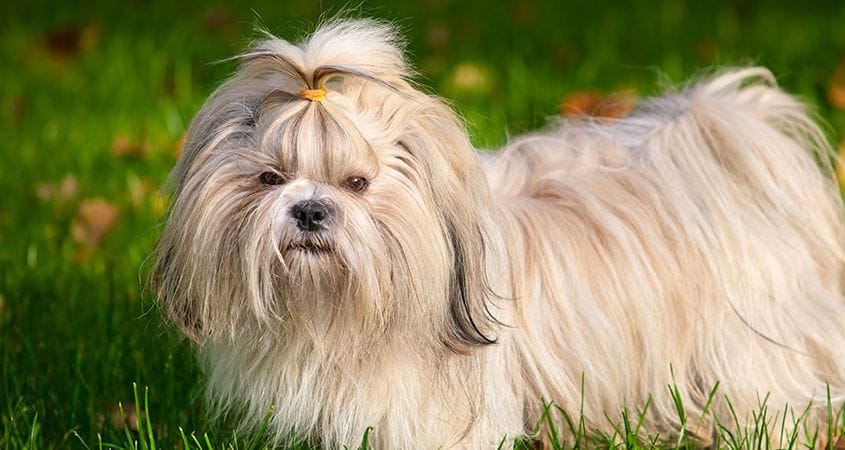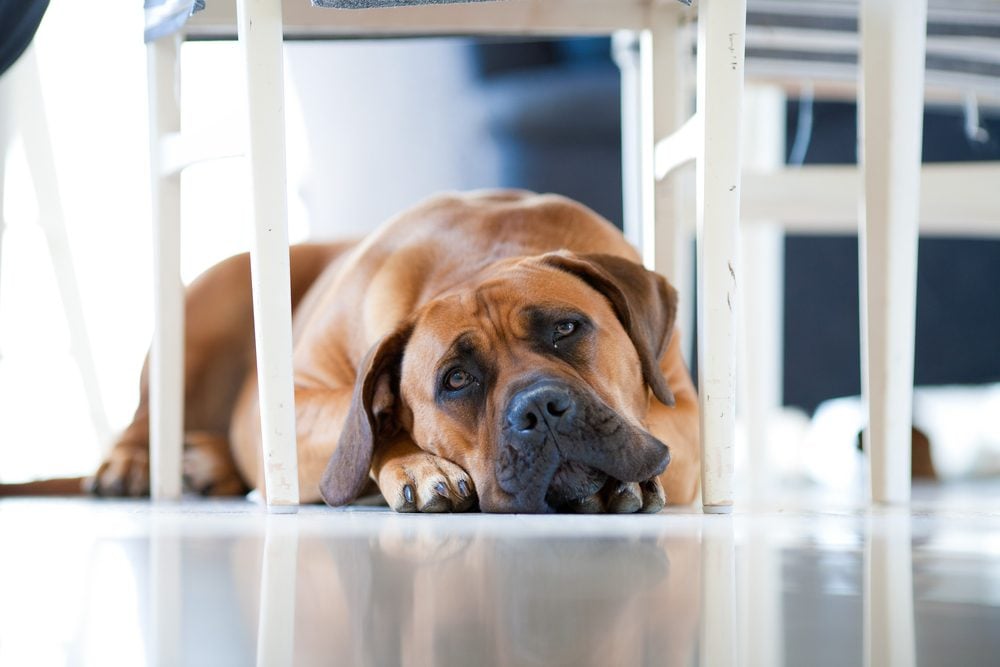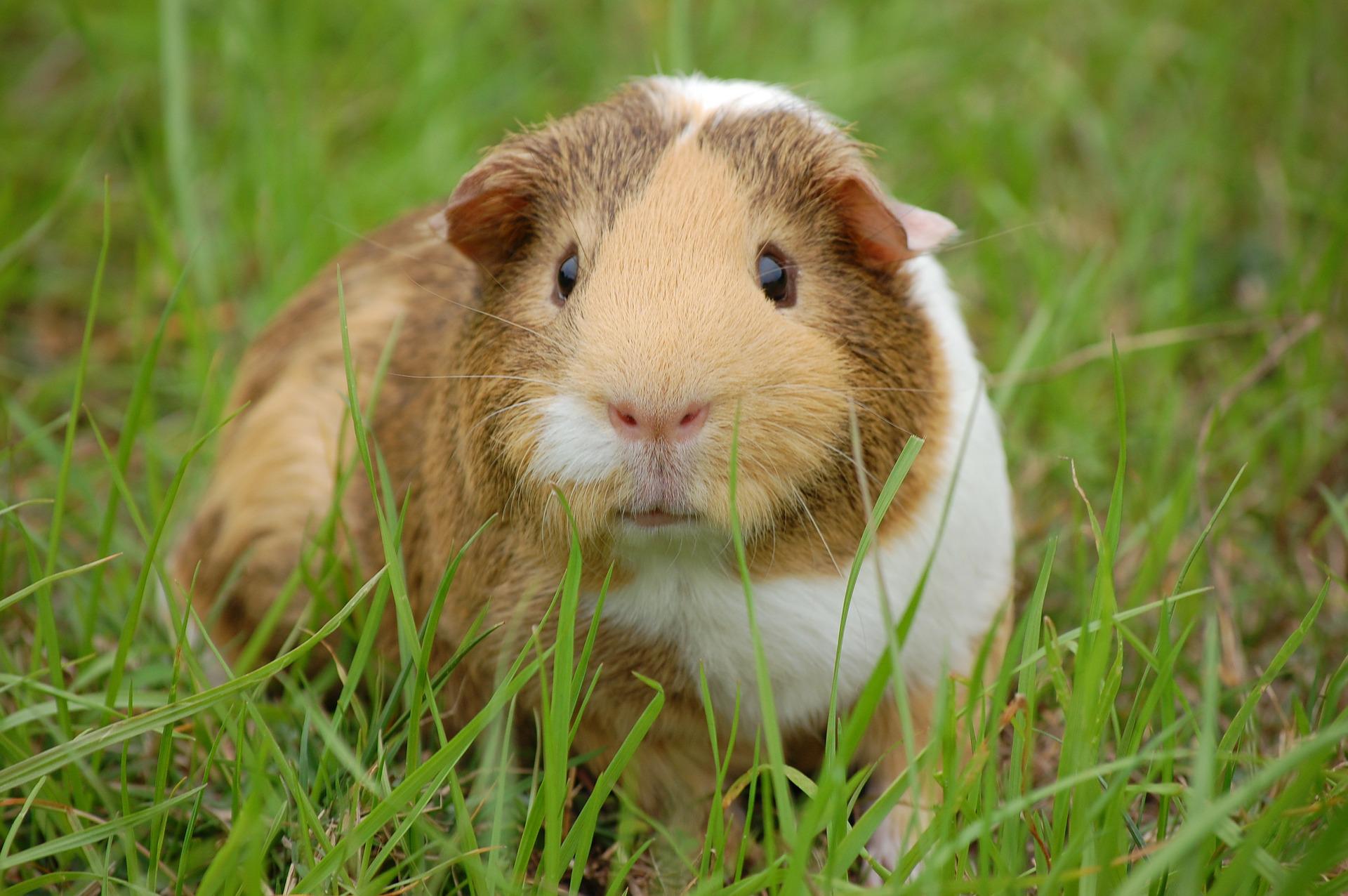
Guinea pigs make lots of different noises and they can mean different things. They communicate by using sounds and posture just like capybaras. You may not understand all these noises, but their body language can help you interpret them.
Different Guinea Pig Sounds
Guinea pigs make a variety of sounds. Some sounds are to express their contentment while some are to show aggression. As a piggy parent, it is important for us to identify their sounds and understand what they are trying to tell us.
Wheeking
A distinctive and common vocalisation made by piggies. Wheeking sounds like a long and loud whistle. It is often used to communicate excitement or anticipation. For instance, when you open the fridge or get out the food container. Guinea pigs frequently wheek when they are being made when they are about to be fed. Additionally, wheeking can serve as a call for attention.
Purring
When a guinea pig purr, they can mean different things. Look at their body language and pitch of the sound. If they let out a deep purring sound along with a relaxed and calm posture, they feel contented and comfortable. However, if the purr is high pitched, it means that they are expressing annoyance. When making this sound they may appear tense and even vibrate. In addition, a short purr can indicate fear or uncertainty. It is usually accompanied by them remaining motionless.
Whining
When guinea pigs make a whining or moaning type of squeak, it means that they dislike something you or another piggy is doing.
Rumbling
Rumbling, also known as “motorboating” or “rumble strutting”. A rumble is deeper than a purring sound. You can hear it when a male romances a female. This is frequently accompanied by a sort of “mating dance”.
Teeth Chattering
Teeth chattering is an aggressive vocalisation which is a sign of an angry piggy. In many instances, it is accompanied by the guinea pig showing their teeth which means “back off” or “stay away”.
Hissing
Similar to teeth chattering, hissing is a sign of agitation. It sounds like the hissing noise that a cat makes.
Chirping
This sounds like a bird chirping! It is the least heard noise by a guinea pig, so it is the least understood. They may appear in a trance-like state. Although it is unclear why guinea pigs make this sound, it is thought that it indicates fear.
Are you still unsure about the sounds made by guinea pigs? Check out this video by Little Adventures to learn more!
Guinea Pig Noises & What They Mean
Different Guinea Pig Body Language
Guinea pigs can communicate via their body language. Thus, it is good to understand what are the normal movements made by them so that you can identify changes in them.
Popcorning:
The reason why it is called popcorn is because it looks similar to popcorn when it is popping. Popcorning consists of hopping straight up in the air, sometimes repeatedly. It is frequently seen in young guinea pigs who are especially happy, excited or feeling playful. Older piggies do popcorn as well, but they don’t jump as high as younger piggies.
Freezing:
Guinea pigs usually exhibit this body posture when they are startled or uncertain. They will stand motionless as there is something in its environment that scares them.
Touching Noses:
It is a friendly greeting between guinea pigs.
Licking:
Devjit Paul
Licking can be a sign of affection. Although, it is possible that they like the taste of the salt on your skin.
Fidgeting while being held:
It can often mean that they need to use the bathroom or that they are tired of being held. Try to return your guinea pig to their cage for a bit.
Aggressive Actions:
Here are some aggressive actions that your piggy can display:
- Raising their heads
- Rising up on their hind ends with stiff legs
- Shuffling side to side on stiff legs
- Fluffing out their fur
- Showing their teeth
These actions are usually accompanied by hissing or teeth chattering. If your guinea pigs do this with each other, they could be starting a fight.
Strutting:
Strutting around another piggy while rumbling is a typical mating dance.
Tossing Head in the Air:
When a guinea pig is annoyed with being petted, they will toss their head back. It is a way of them asking you to stop.
Mounting:
Mounting can be a sexual behaviour from males to females or a behaviour to show dominance, especially between females.
Sniffing:
Sniffing is a guinea pig’s way to check out what is going on around them and to get to know others. They usually like to sniff each other around the nose, chin and ears.
Scent Marking:
Piggies will rub their chins, cheeks and hind ends on items they want to mark as theirs. Additionally, they might urinate on things or other piggies to show their dominance.
Running Away From Being Picked Up:
Guinea pigs tend to be timid and running away from you is a natural defence mechanism. Given time and patience, almost all guinea pigs will come to accept being picked up. They will also come to enjoy cuddles and playtime outside of the cage.































